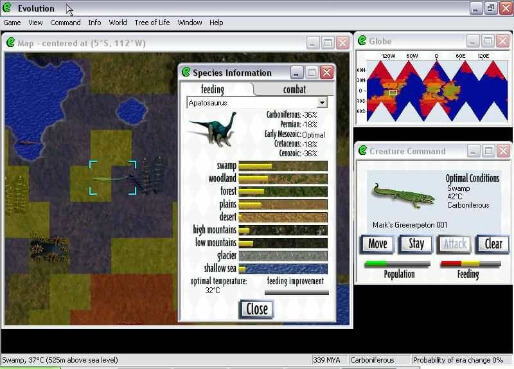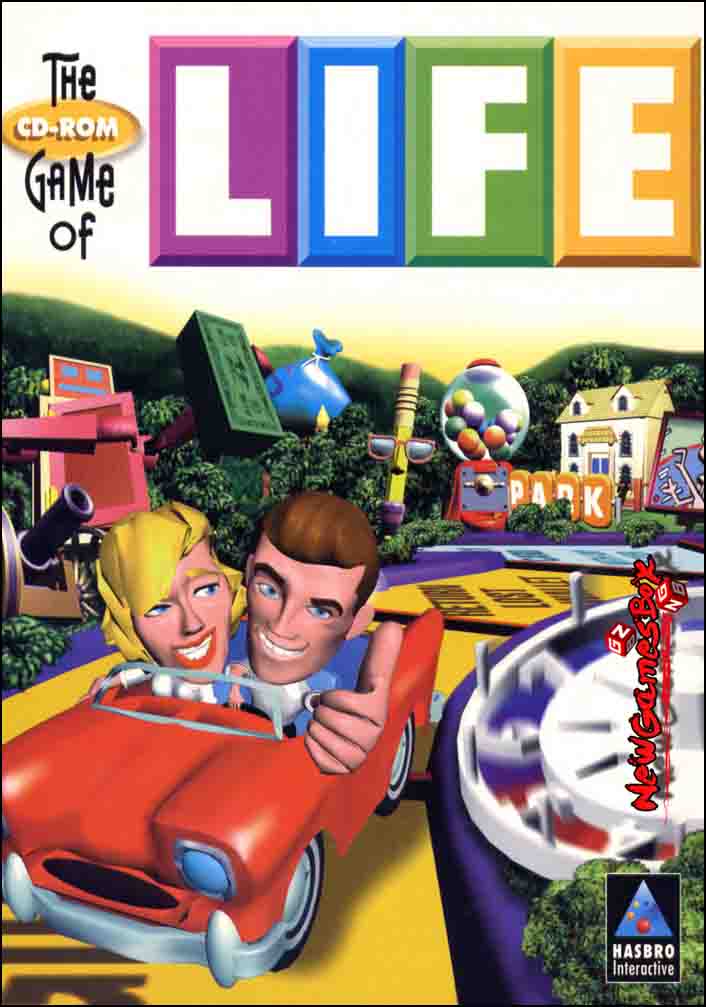


Stanislaw Ulam, while working at the Los Alamos National Laboratory in the 1940s, studied the growth of crystals, using a simple lattice network as his model. The rules continue to be applied repeatedly to create further generations. Each generation is a pure function of the preceding one. The first generation is created by applying the above rules simultaneously to every cell in the seed, live or dead births and deaths occur simultaneously, and the discrete moment at which this happens is sometimes called a tick. The initial pattern constitutes the seed of the system.

Similarly, all other dead cells stay dead. All other live cells die in the next generation.Any dead cell with three live neighbours becomes a live cell.Any live cell with two or three live neighbours survives.These rules, which compare the behavior of the automaton to real life, can be condensed into the following: Any dead cell with exactly three live neighbours becomes a live cell, as if by reproduction.Any live cell with more than three live neighbours dies, as if by overpopulation.Any live cell with two or three live neighbours lives on to the next generation.Any live cell with fewer than two live neighbours dies, as if by underpopulation.At each step in time, the following transitions occur: Every cell interacts with its eight neighbours, which are the cells that are horizontally, vertically, or diagonally adjacent. The universe of the Game of Life is an infinite, two-dimensional orthogonal grid of square cells, each of which is in one of two possible states, live or dead (or populated and unpopulated, respectively).


 0 kommentar(er)
0 kommentar(er)
